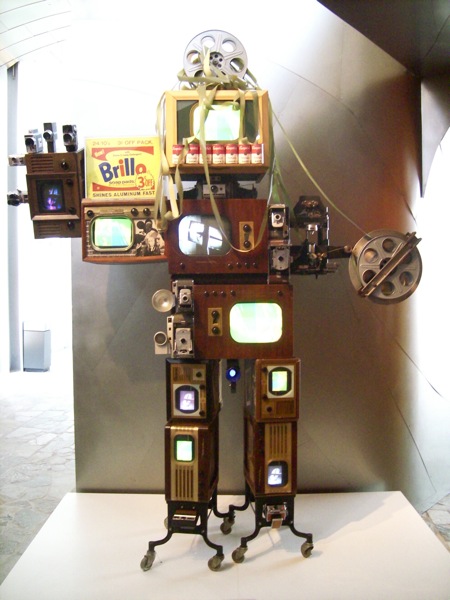My sister Abby and I did some experimenting with Google+ last night. Its real strength appears to be the way it has both integrated and implemented various online communications tools together. It integrates email, microblogging, social networking, chat, videoconferencing, etc., in the same interface.
And each of these online communications tools has been implemented reasonably well. You can send a message directly from Google+ to any email account using a simple, straightforward procees. Microblogging from Google+ is as easy as Twitter (though I haven’t yet figured out how to do it from my phone). The social networking feature seems better designed than Facebook or MySpace, and presumably draws on Google’s extensive experience running Orkut (which has never been popular here in the U.S., but is hugely popular in Brazil). Abby says the chat feature is identical with Google Talk, which she has been using for some time; in addition to chatting via text, you can also use video chat. The videoconferencing tool, called Hangouts, allows up to ten persons at once, although we were only able to test it with the two of us.
Some people are claiming that Google+ is going to kill off Facebook. But I’m not convinced that they are aiming at the same market. I can immediately imagine how I might use Google+ at work, whereas I can’t imagine using Facebook at work except for the most rudimentary communication. Google+ is not primarily a social networking tool; it is an online communications tool.
At this point, I can say that I like Google+ pretty well. I’m already thinking of ways I can use it at work (interoffice communication, online committee meetings and small group ministries, interoffice communication, text-based discussions about sermon topics, etc.). It’s good enough that I’m willing to invest some time in experimenting with it. But I’m not yet willing to say it is the best most awesomest online communications tool ever. Ask me again in a month, and I’ll have a better answer for you.

